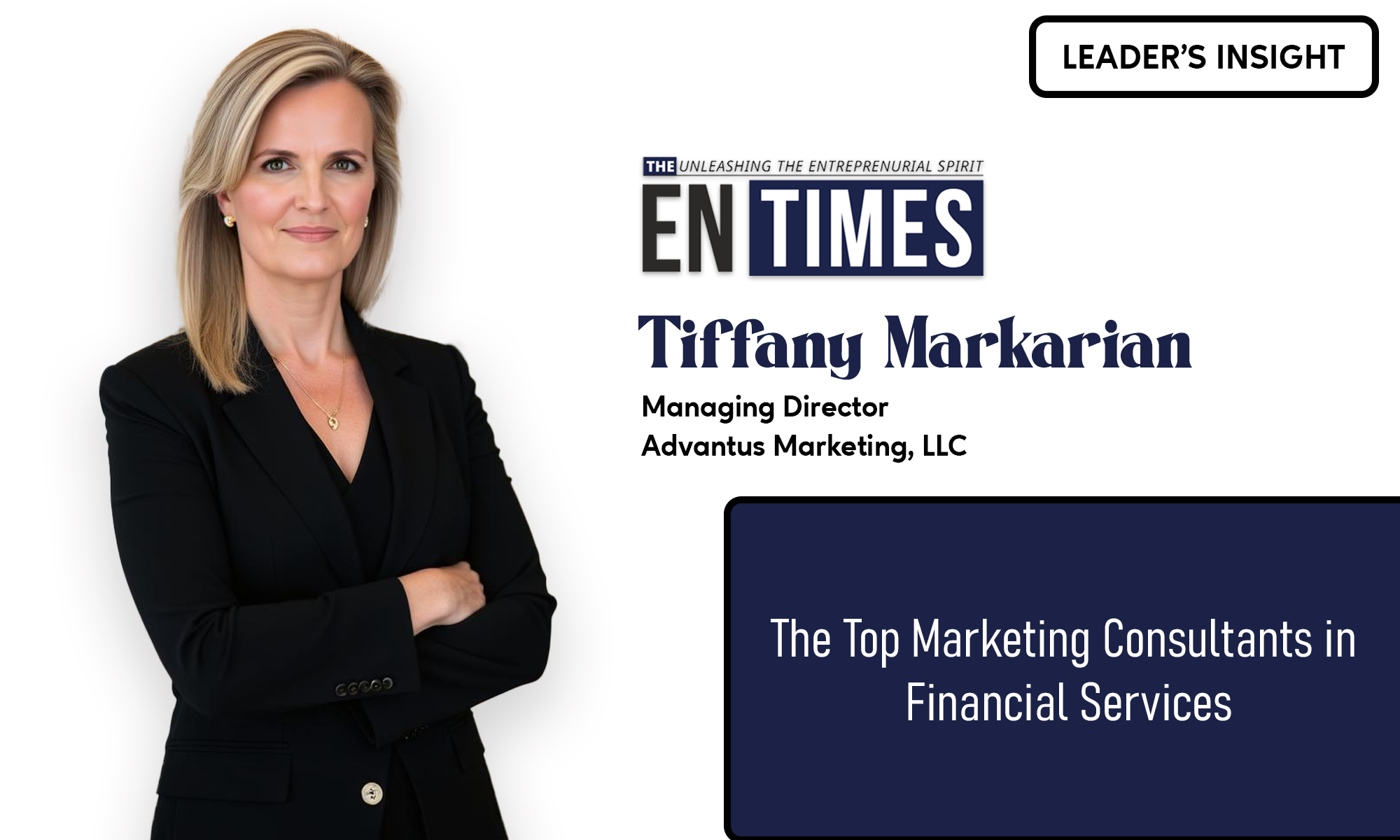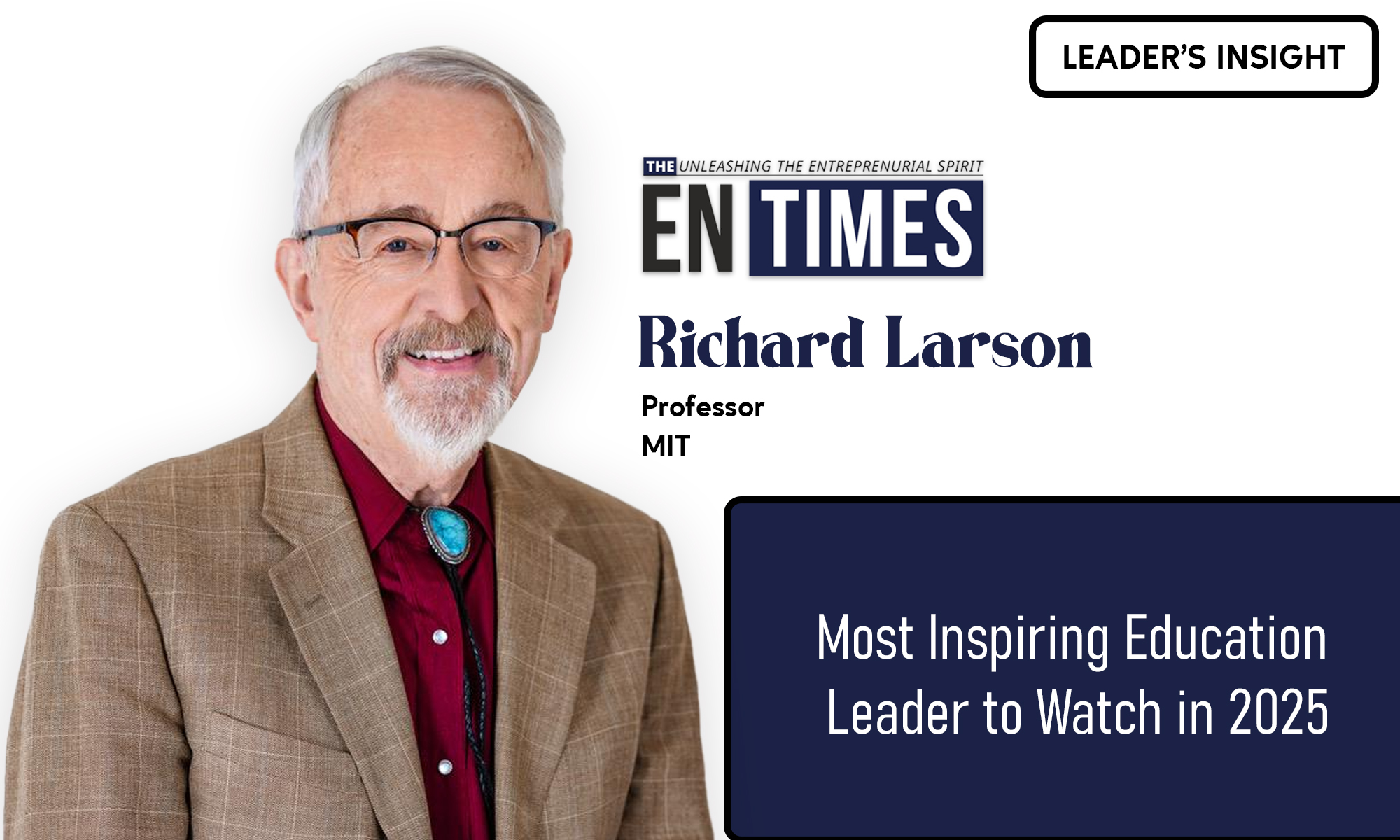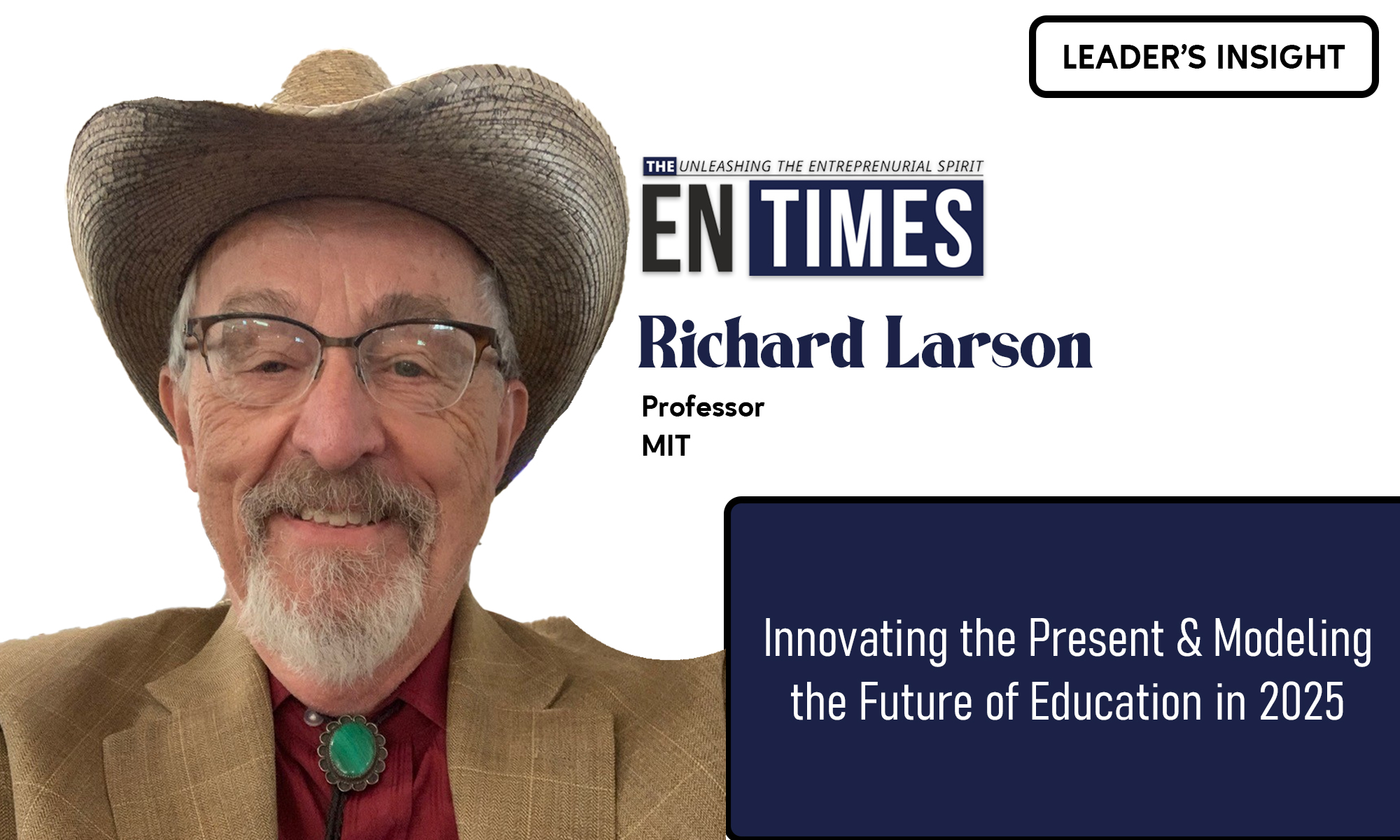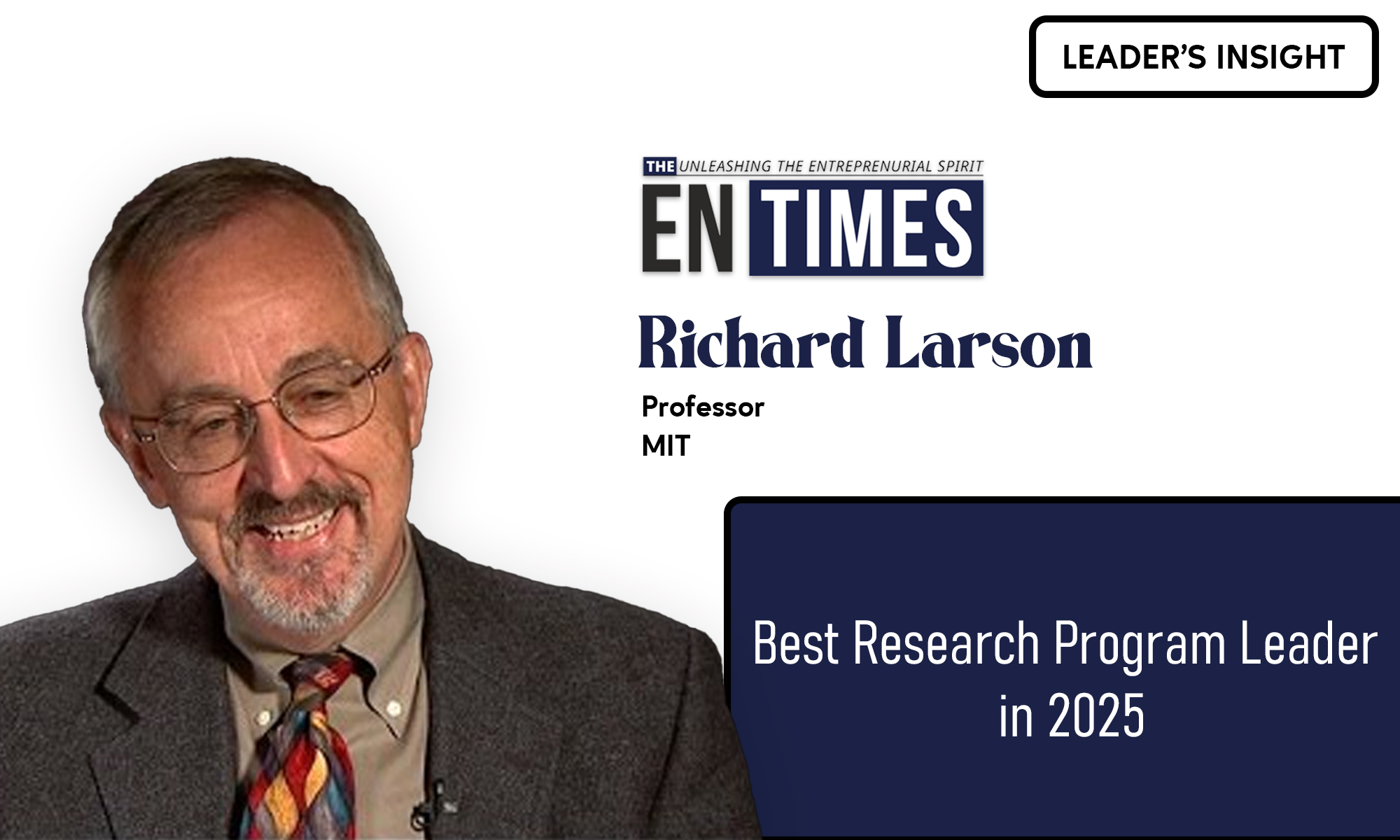In a world full of change where culture is currency, few inspirational voices in humanity resonate as deeply as that of Dustin Jones. Dustin doesn’t just build the policies; she builds trust, legacy, and the unwavering source of the leadership pipeline. Her work across the boardroom and beyond is setting a new gold standard in human-centered HR. Her HR journey simply began from needing the job to someone who wore many hats: HR executive, entrepreneur, speaker, and mentor. With over two decades of experience across corporate, manufacturing, consulting, and entrepreneurial spaces.
HR Solutions That Listen First, Lead with Purpose
As the founder & CEO of EcompassHR, Dustin doesn’t believe in copy-paste strategies. Her approach is deeply human: listen first, build with intention, and lead with diplomacy. “There’s no one-size-fits-all in HR. Every business has a unique heartbeat,” she says. One of her proudest moments came while working with a fast-growing manufacturing startup. “Helping them understand why HR isn’t just a function but a foundation was transformative. We helped them hire strategically and build the infrastructure to take care of their people long-term.”
A Voice for Change, A Shield for People
Known for her strength in change management and compliance, Dustin believes HR must be both a shield and a catalyst. “It’s about balance, advocating for the business while protecting the employee experience,” she explains. With AI, evolving immigration laws, and rising workplace activism, she sees a critical opportunity. “HR has to lead the shift with clarity and courage. Compliance isn’t enough. We must build systems that empower.”
Her approach to employee engagement and retention reflects a similar depth. “Engagement is emotional. Culture is intentional. After the pandemic, employees want to feel seen. They want to know they matter. It’s no longer about perks; it’s about purpose and trust,” she says. “We need to close the gap between what leaders say and what employees experience. That starts with listening and acting with empathy.”
Leading with Legacy at Dallas Country Club
Today, Dustin Jones holds the role of Chief Human Resource Officer at Dallas Country Club, where she blends strategic HR leadership with the values of service and hospitality. Her focus goes beyond policies; she’s working to build a workplace culture where employees feel appreciated, supported, and empowered to grow.
“At DCC, we take pride in creating exceptional experiences not just for our members, but for our employees too,” she shares. In 2025, her goal is to deepen that culture even further by investing in leadership development, employee recognition, and internal communication. “Hospitality starts within,” she adds, emphasizing that a truly excellent member experience begins with how well the staff is treated and engaged.
Empowering Women to Step Forward with Courage
When asked about the principle she lives by, Dustin’s answer is as sincere as her leadership style. Lead with diplomacy. Deliver with integrity. Whether it’s designing strategy, training emerging leaders, or handling tough conversations, she centers respect, alignment, and authenticity. “I never lose sight of the people behind the process. That’s how you build trust, and that’s how you build a legacy.”
In a time when HR is being called to evolve faster than ever, leaders like Dustin Jones remind us what truly matters: people, purpose, and doing the right thing, even when no one is watching.
Wisdom for the Journey Ahead
For Dustin Jones, leadership isn’t about titles or authority; it’s about how you show up for people when it matters most. Throughout her journey, she has led with clarity, compassion, and a belief.
“I’ve always believed that how you treat people when no one’s watching is what defines you as a leader,” she says. Her guiding principle is “Lead with diplomacy. Deliver with integrity” isn’t just something she says; it’s how she operates every single day. Whether she is coaching executives, resolving challenges on the ground, or designing future-focused strategies, Dustin consistently prioritizes the human element. Because in the end, she believes, that’s how you build trust. And that’s how you build a legacy.
Author Bio
Dustin Jones is a highly respected HR executive, leadership strategist, and the founder of EncompassHR, LLC, with over two decades of experience helping organizations build purpose-driven, people-centered cultures.Throughout her career, she has partnered with companies across industries including manufacturing, hospitality, and corporate consulting to shift HR from a back-office function into a vital force for strategic growth and cultural transformation.
Currently serving as the chief human resource officer at Dallas Country Club, Dustin brings a unique blend of operational leadership and hospitality-driven values to the table. She is passionate about creating environments where employees feel supported, valued, and inspired to perform at their best because, to her, a great employee experience is the foundation of every great business.
Dustin holds a master’s in communications from Grand Canyon University, a bachelor’s from California State University San Marcos, and an executive certification in management from Southern Methodist University. Her leadership and impact have earned national recognition, including being named one of the Top 50 Women Leaders in Dallas (2024).










